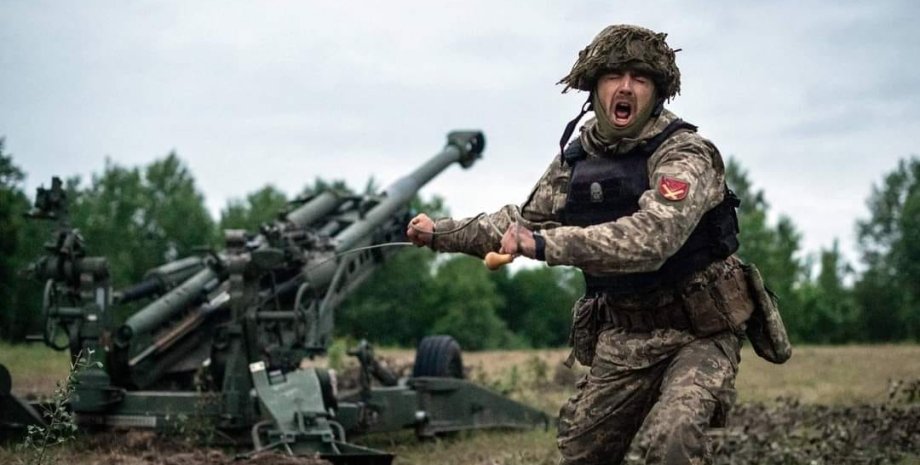
This is a much smaller refusal for this type of weapon, since a real percentage of refusal can reach 14%. This was written on July 7 by New York Times journalists. Pentagon representatives stated that the shells they send to Ukraine are an advanced version of the shells used during the operation of the Storm in the desert in 1991. However, not all as unambiguous as it may seem at first glance, the observers said.
The fact is that although it is about upgraded ammunition, grenades used in them have an unacceptably high percentage of refusals according to the US Department of Defense itself. The US Colonel, retired by El Vosburg, who was preparing for the disposal of bombs in his time, spoke about the serious problems that Ukraine would face during the elimination of the consequences of the use of cassette ammunition.
According to him, the Ukrainian authorities will need to conduct a large -scale educational campaign to warn the civilian population about the danger of grenades that have not broken. Vosburg added that the greatest concern is the fact that unobtrusive grenades left on the ground from these shells cannot be removed by hand. "We have to make great efforts to exchang them because they cannot be transported.
In the area that was saturated with them, you will find many small mines, so you need to get rid of them slowly and methodically," the colonel said. Meanwhile, the representative of the Pentagon, General Patrick Ryder, stated that the military was conducting comprehensive tests of cassette ammunition that will be provided to Ukraine and the failure ratio was 2. 35%.
However, the Deputy Minister of Defense for Politics Colin Kal noted that the trials themselves are classified, and although he has a "high degree of confidence" in their results, in combat, the percentage of unobtrusive grenades can be seven times higher. In this regard, the authors of the publication emphasized that the numbers offered by the officials of the Pentagon are significantly different from the fact that sappers and civilian sappers in places in the post -war regions.
El Vosburg explained that artillery shells of this type were tested in Yuma, Arrizona, on a relatively flat platform with solid soil free from vegetation, which is an ideal condition for pomegranate explosion during falling. But in conflict, these shells shoot in a variety of places - as a result, the percentage of discharges reaches 10%, and in some cases even higher, especially when they enter the water, sand, dirt or soft soil, such as plowed fields.


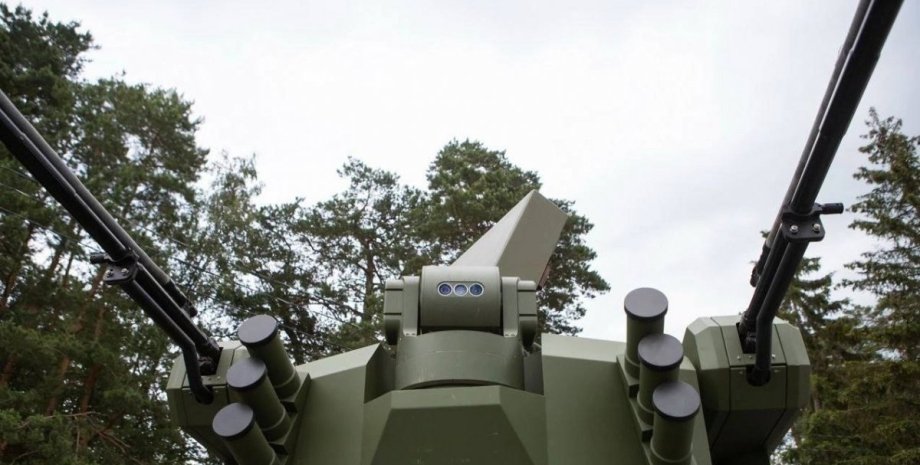

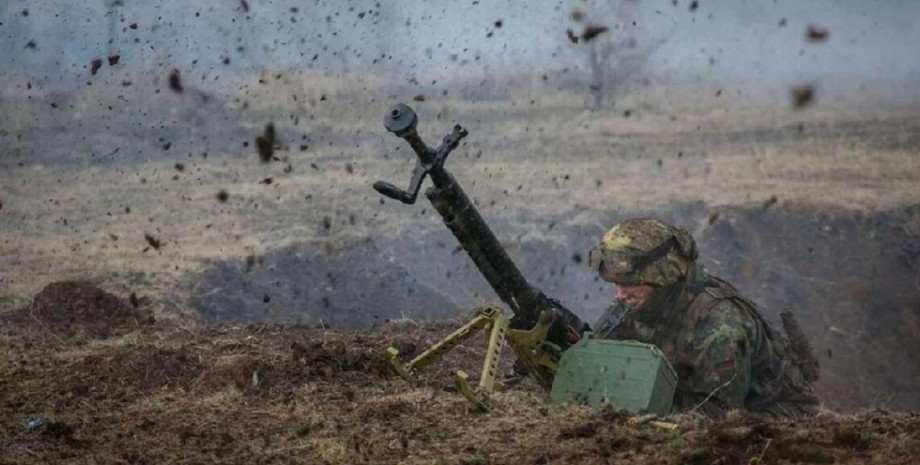

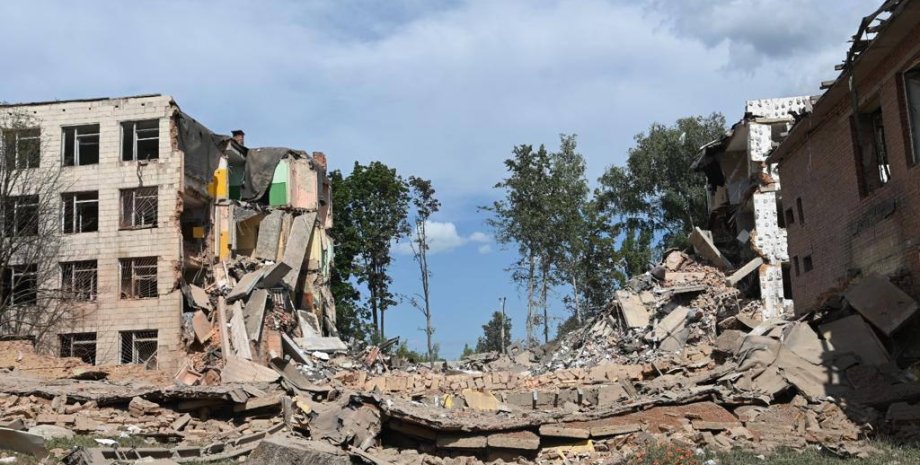
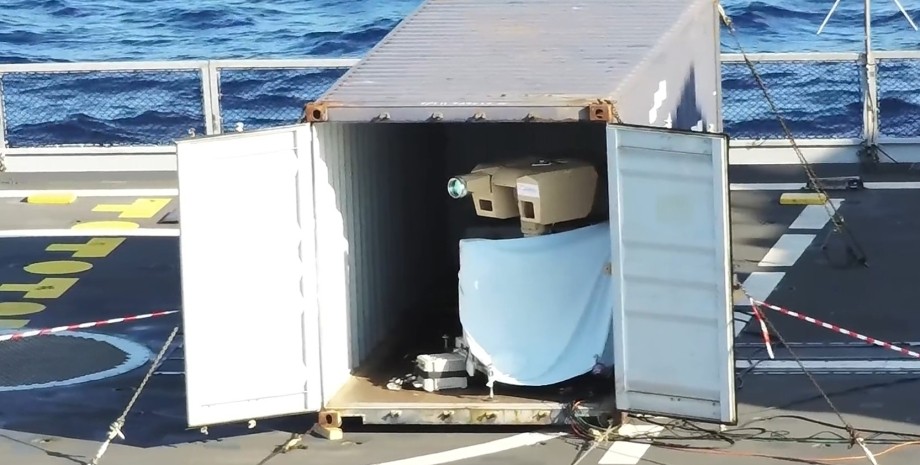

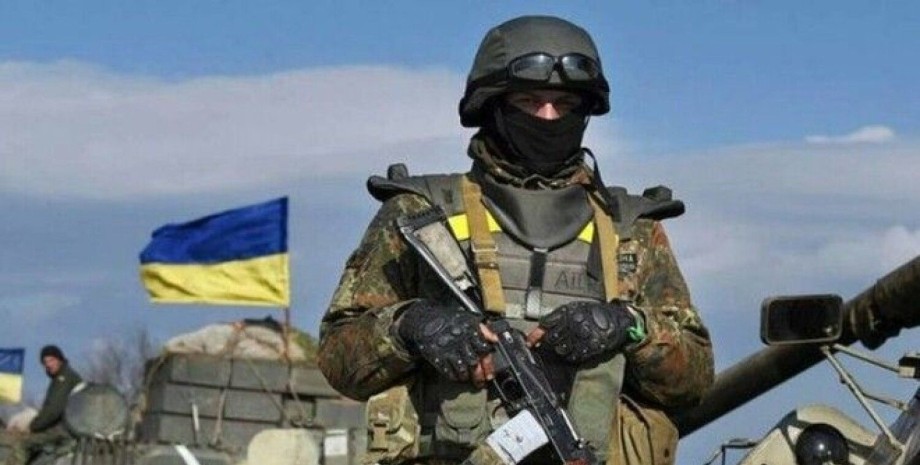
All rights reserved IN-Ukraine.info - 2022